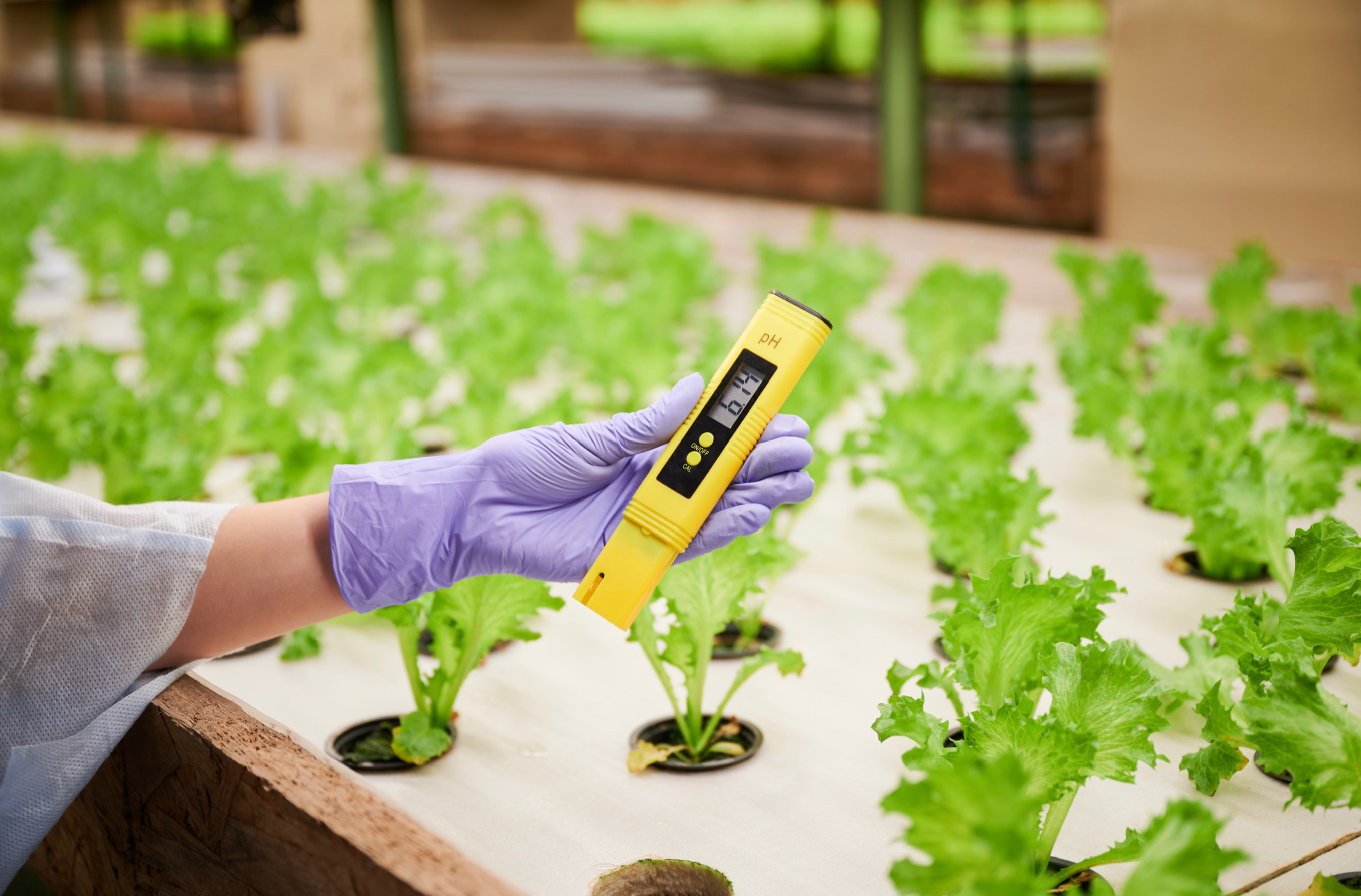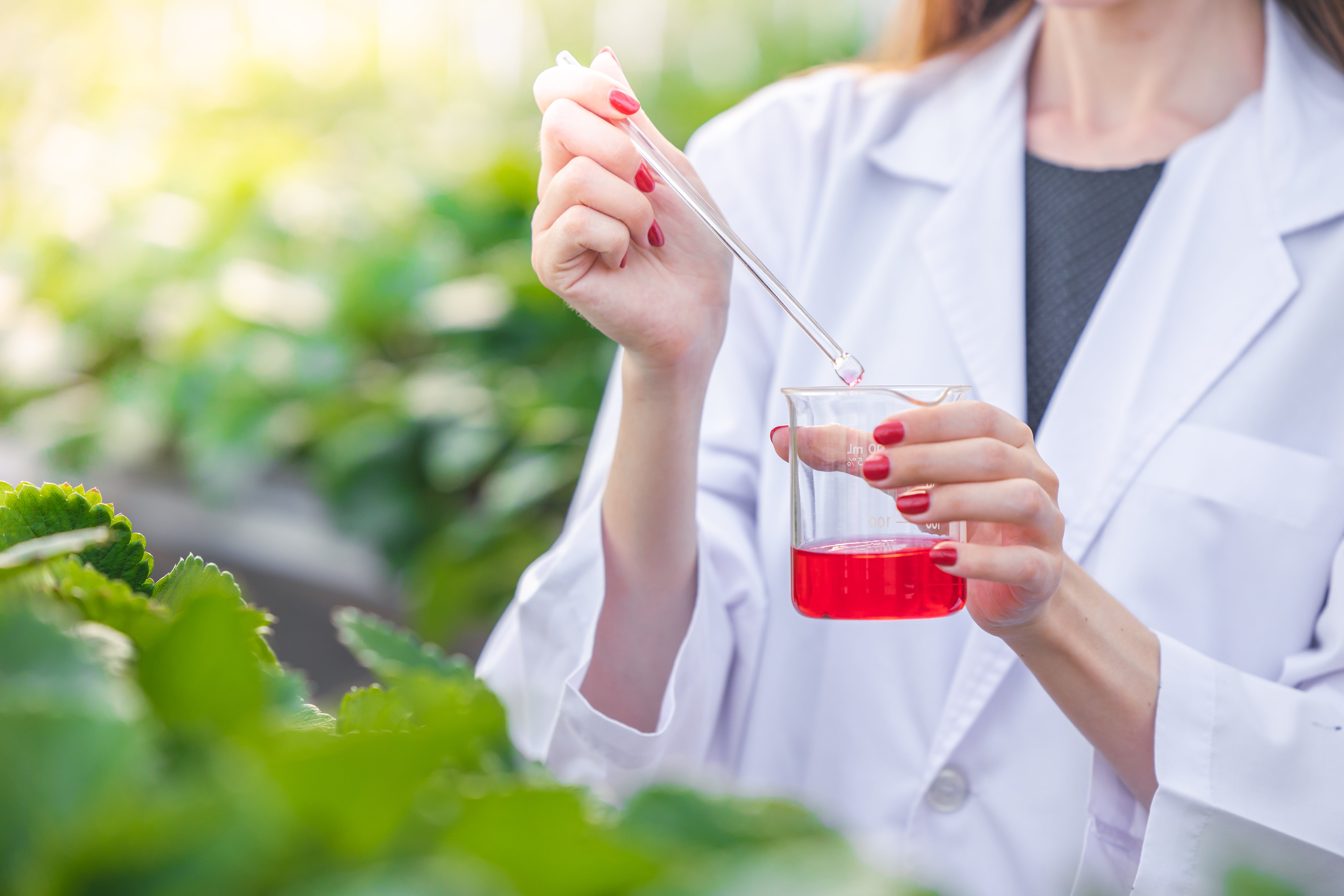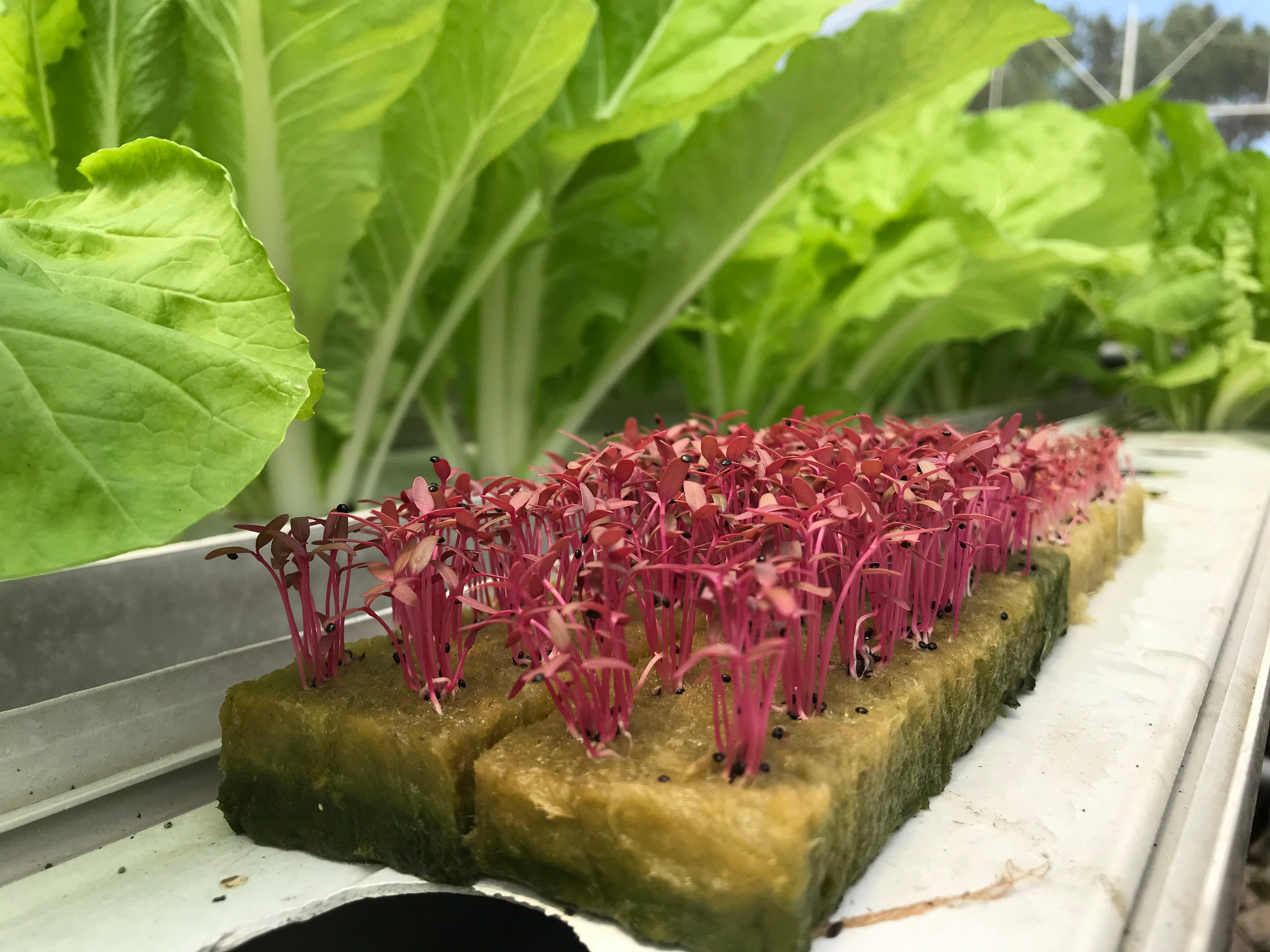Hydroponic Houseplants Explained
A Guide to Hydroponic Houseplants
Did you know that you can grow houseplants hydroponically? I’ll be honest, even though I’ve been growing vegetables and herbs hydroponically for decades, I’ve never thought about hydroponic houseplants. When you think about hydroponics, most people would probably think of large-scale indoor farms or a small indoor hydroponic setup in a house or even a flat. But you can also have hydroponic houseplants, and in this article, we’ll cover everything you need to know to grow your own hydroponic houseplants.
You can grow almost any houseplants hydroponically, but I would suggest avoiding heavily vining plants. Houseplants that do especially well in hydroponics include philodendron, money tree, peace lily, spider plant, English ivy, geranium, lucky bamboo, coleus, wandering jew, Chinese evergreen, and pothos.
Houseplants can be grown in any type of hydroponic systems; however, I would suggest going with a Wick, Deep Water Culture (DWC), Kratky, or a Drip system. Aeroponic, Ebb and Flow, and Nutrient Film Technique (NFT) are more complicated and require more maintenance. You can either buy a kit or build a hydroponic system yourself if you’re good at DIY.
Just like vegetables and herbs, houseplants need adequate lighting, which you can provide by getting grow lights. Foliage plants need about 14–16 hours of light per day, and flowering plants need 12–16 hours of light per day. In my experience, fluorescent and LED grow lights work really well for houseplants.

Once your hydroponic setup is ready, you’ll need to think about how you will start your plants. You can start your hydroponic houseplants from seed, or you can purchase seedlings from a garden center, or you can propagate plants from cuttings (also called cloning).
Growing hydroponic houseplants is not that much different from growing vegetables or herbs. They have similar requirements, and you will have to do all the same basic maintenance. We also have a whole section on our website that covers everything you need to know about nutrients and monitoring your nutrient solution in hydroponics—you can find it here.
Remember to check periodically that things like pumps, aerators, and connections are all in good working order. If you have any spare back up parts, this can be useful to replace in an emergency.
I would also suggest keeping a log of your hydroponic gardening. It will become a manual that you refer back to time after time so that you can learn from mistakes and not repeat them in the future. You can learn what works well for your system and plants and what doesn’t, so that you can repeat what went well and avoid things that didn’t go so well.
For more great content check out the Proponics YouTube channel below!

By Max Barnes
Max Barnes is a long-time homesteader and author. Max grows the majority of his own food year-round using a variety of different methods, including hydroponics. Hydroponic gardening plays a huge part in his homestead and self-sufficiency goals.




